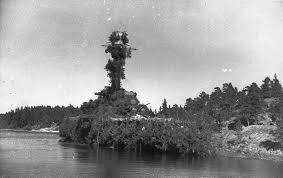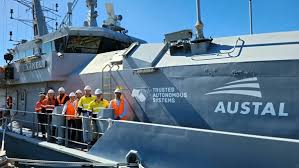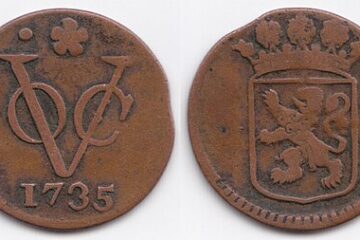
The HNLMS Abraham Crijnssen, a Dutch minesweeper famed for its remarkable escape from the Japanese-occupied Netherlands East Indies by disguising itself as a tropical island, reached Australia in March 1942. After a refit and the installation of new ASDIC equipment, the vessel was commissioned into the Royal Australian Navy (RAN) as HMAS Abraham Crijnssen on 28 September 1942.
While primarily based in Melbourne, HMAS Abraham Crijnssen likely visited Brisbane while on various missions. Brisbane served as a key base for many Allied naval vessels, and Abraham Crijnssen‘s presence in the city underscores the significant role the port played for the Dutch during World War II. The ship undertook minesweeping activities, convoy escorts, and personnel training duties until the end of the war. Brisbane also was the main submarine port for the Americans. The Dutch submarines were based in Fremantle, However as the Netherlands Intelligence Agency was based in Brisbane also here it is likely they also visited from Brisbane, mainly for intelligence operations.
The Dutch submarine K9 is also honoured at the Submariners Walk Heritage Trail along the Brisbane River at Tenerife.

On 26 January 1943, while escorting a convoy through Bass Strait, Abraham Crijnssen detected a suspected submarine on ASDIC. The convoy was ordered to scatter, and the minesweeper, along with the Bathurst-class corvette HMAS Bundaberg, depth-charged the contact. Although oil and scum were observed on the surface, no wreckage was found, and the search was eventually abandoned. The engagement caused damage to Abraham Crijnssen‘s stern, requiring a week-long dry-docking in Sydney for repairs. For more information click here.

In Brisbane’s Newstead Park, the Royal Australian Navy World War II Bathurst Class Corvette Memorial Honors Australian-built Bathurst-class corvettes and their crews. However, vessels like Abraham Crijnssen, which served alongside Australian ships and were commissioned into the RAN, are notably absent from such commemorations. This omission highlights the broader issue of recognising the contributions of non-Australian ships and their crews that operated under the RAN during the war.
Addressing this oversight could involve updating existing memorials or creating new plaques to acknowledge the service of foreign vessels commissioned into the RAN during World War II. Such recognition would provide a more comprehensive tribute to all who contributed to the naval war effort, including the brave Dutch sailors of the Abraham Crijnssen.
Paul Budde


